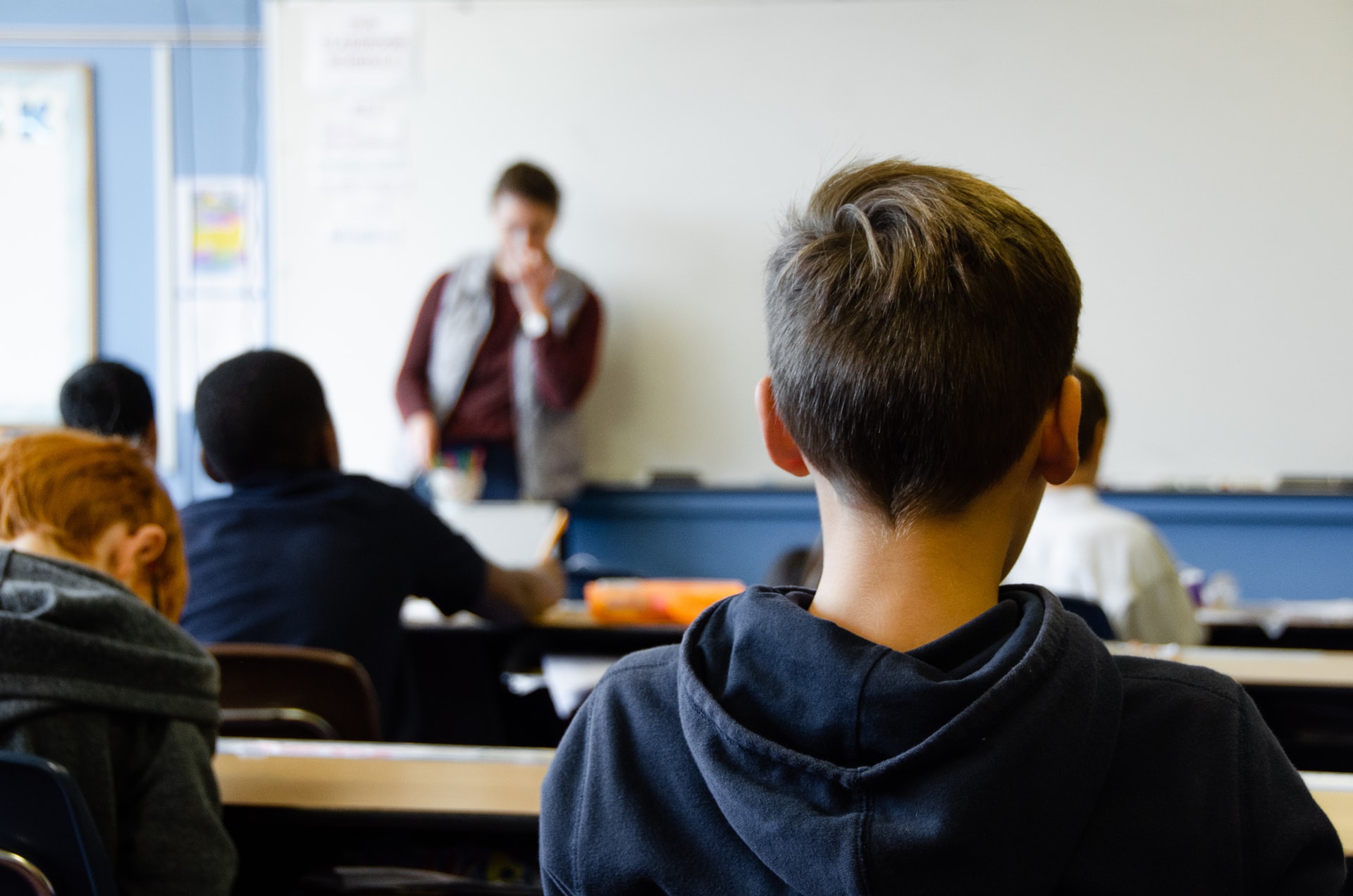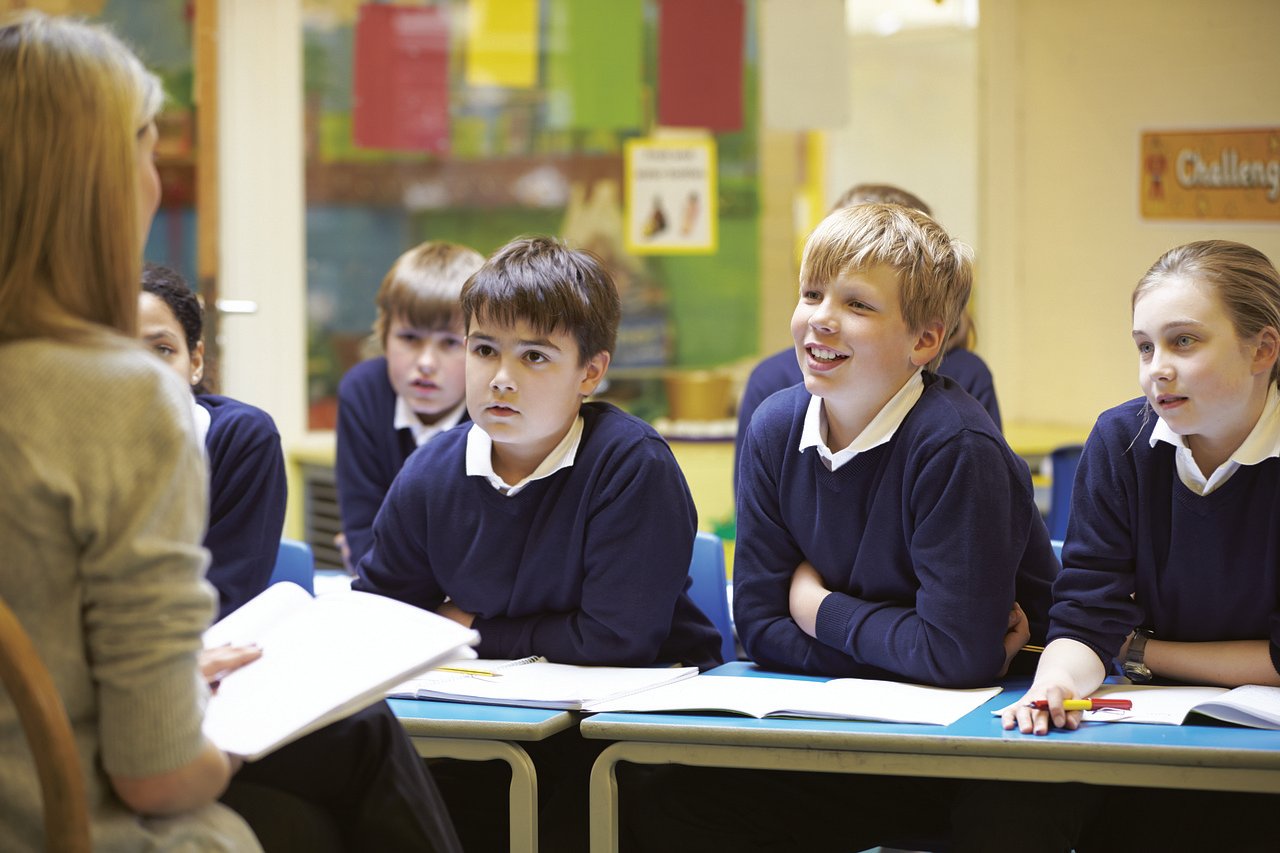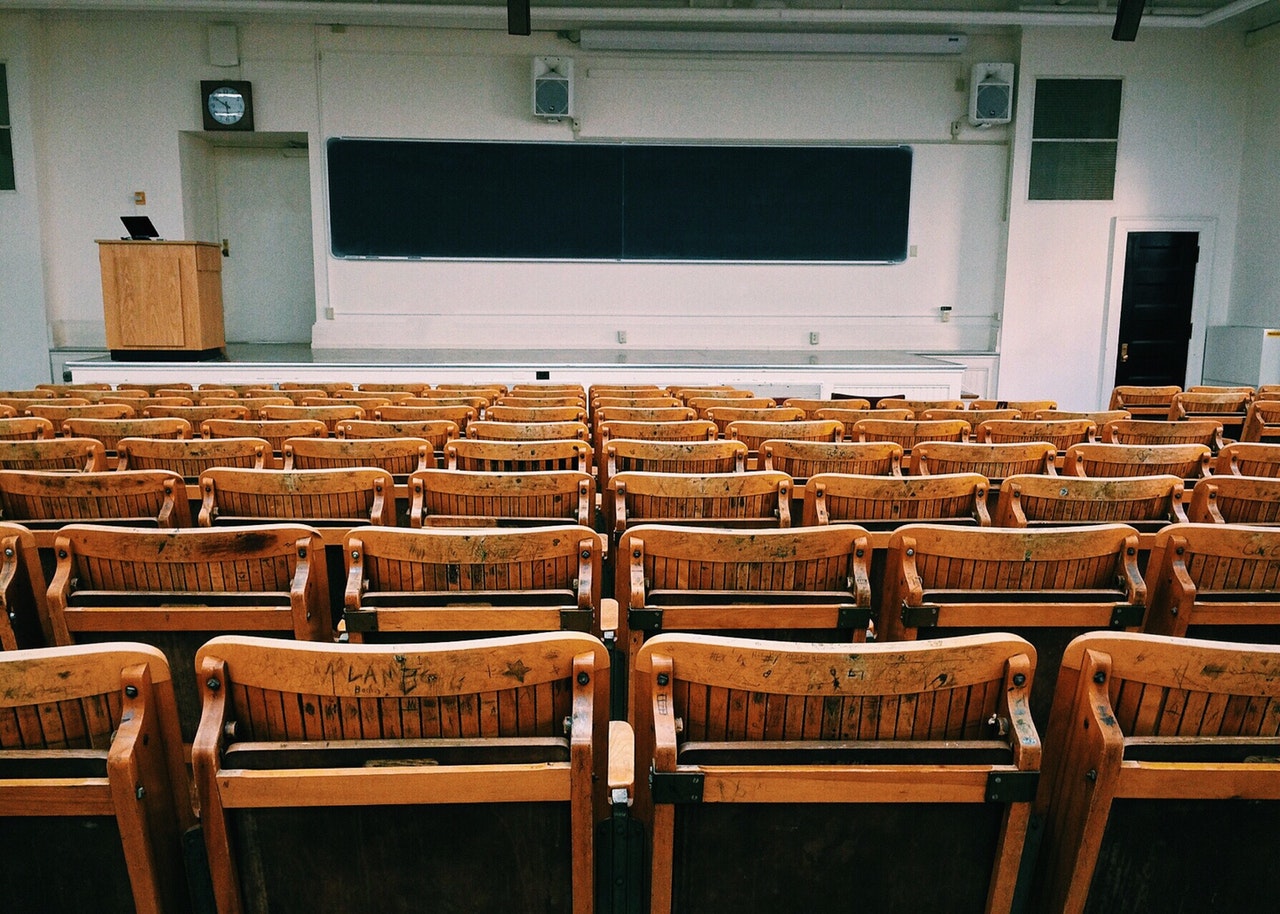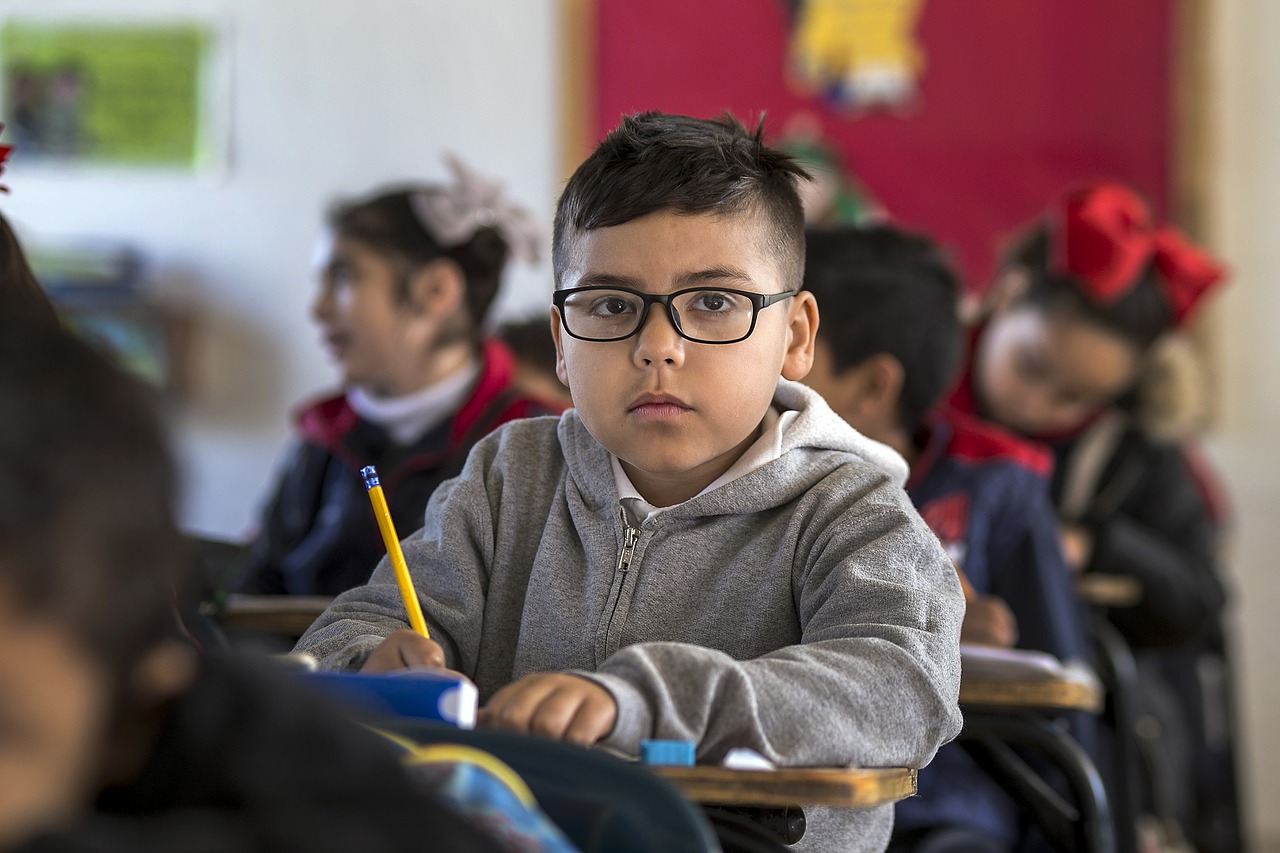Teaching Autistic Students: Everything You Need to Know

When it comes to studying in traditional settings, autistic kids struggle. As a result, many schools are adopting inclusive education programs for these pupils. However, to ensure appropriate learning, systematic tactics must be used. The use of TEACCH is one such technique.
This process consists of four distinct phases. To ensure that these are carried out in the greatest possible way, educators, parents, other family members, and others work together to guarantee successful learning. The four steps to TEACCH are as follows.
Physical Composition
The first approach is to present students with autism with a physical structure. This guarantees that students continue to study during their time in the classroom. The presence of physical structures in the classroom guarantees that kids learn more effectively.
For example, the physical framework can take the shape of a desk surrounded by objects that keep the autistic learner from being distracted.
Visual Timetables
Visual schedules are the second phase in the TEACCH curriculum. These are many images or representations that might assist the student in understanding how to carry out a given action. Words, photos, photographs, diagrams, graphs, and other similar components can be utilized to ensure that the youngster knows what is expected of them throughout an activity.
Structures Visualized
The final component of the technique is visual structures, which relate to a visual or physical component included for autistic children. These allow autistic children to continue and complete their tasks with the assistance of others.
Incorporating assistive technology for autistic children can also be incredibly beneficial in this area. With the aid of these visual structures, they will be able to ensure that their school grades do not deteriorate and that they continue to improve.
Workplace Organizations
It is critical to create an ordered plan for the autistic youngster to follow. They will know what procedures to do as soon as they enter the classroom and when they must depart if they follow the plan.
It is critical to ensure that kids with autism are at ease while performing these tasks. Making these regular routines for them helps them grasp what they are expected to do in their lessons. This provides them with a sense of belonging and tranquillity, rather than tension.
Finally, consider the following:
It is critical to recognize that these strategies are quite effective in classes for autistic children. With this program, they will be considerably more comfortable and capable of learning. Their total final grades should be higher as well.






